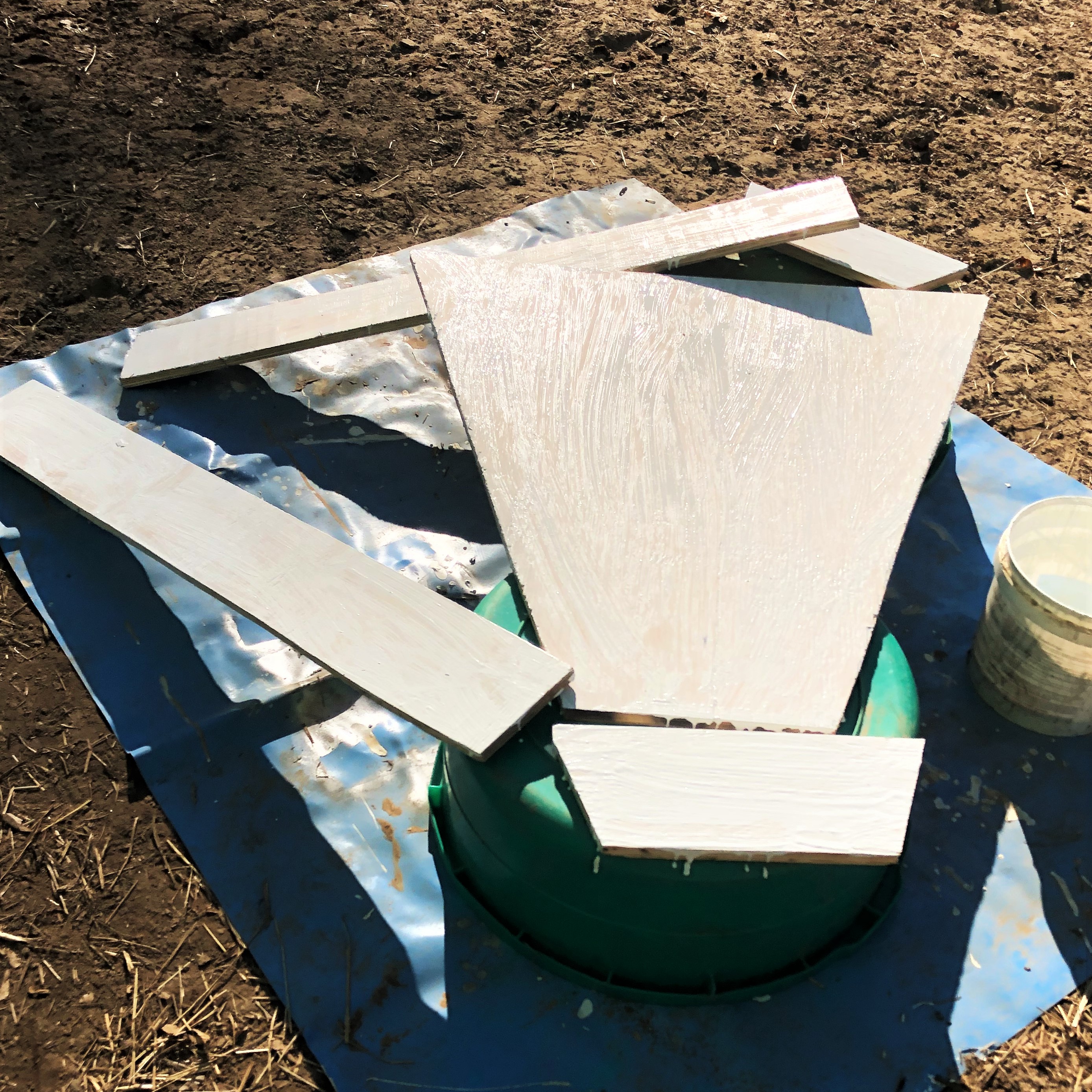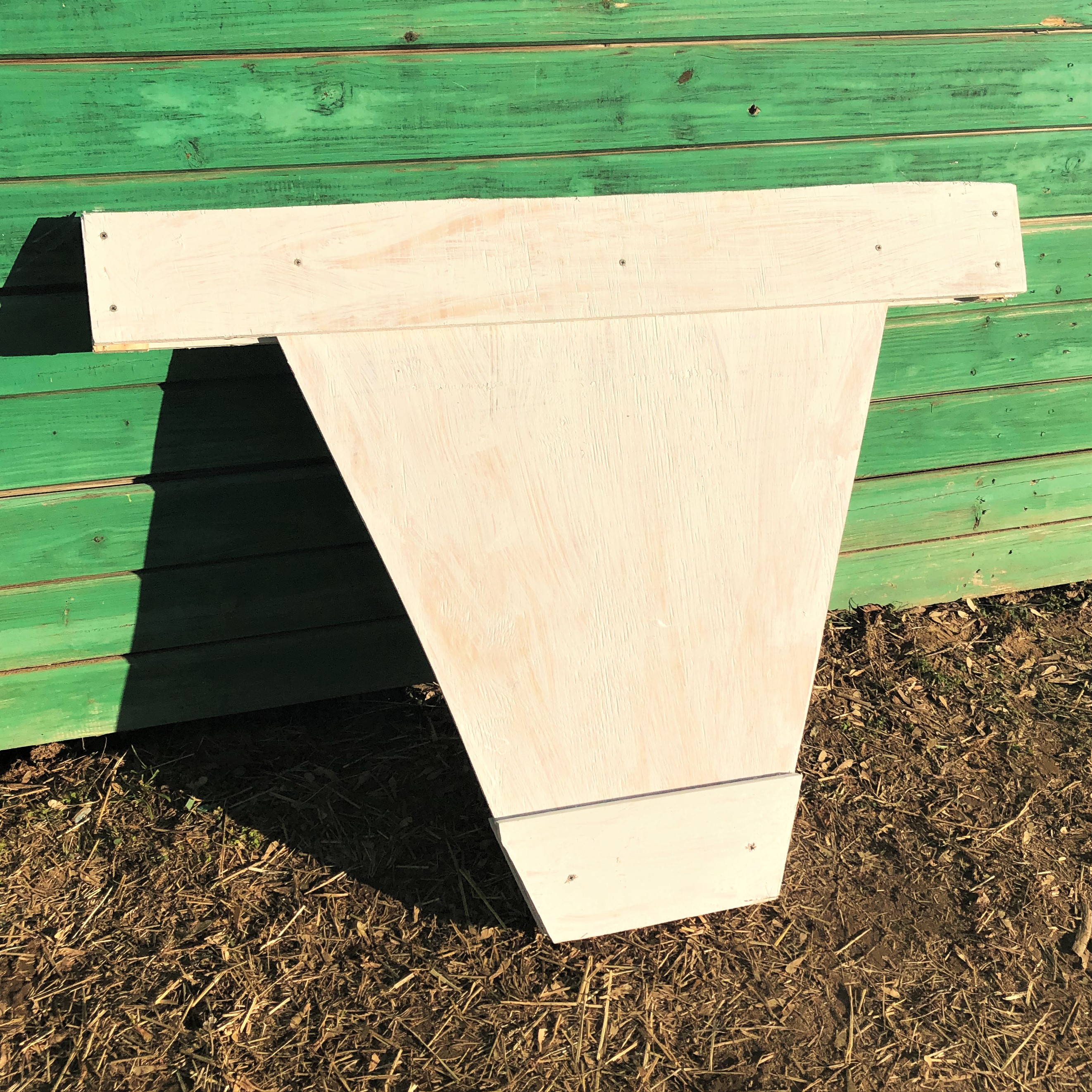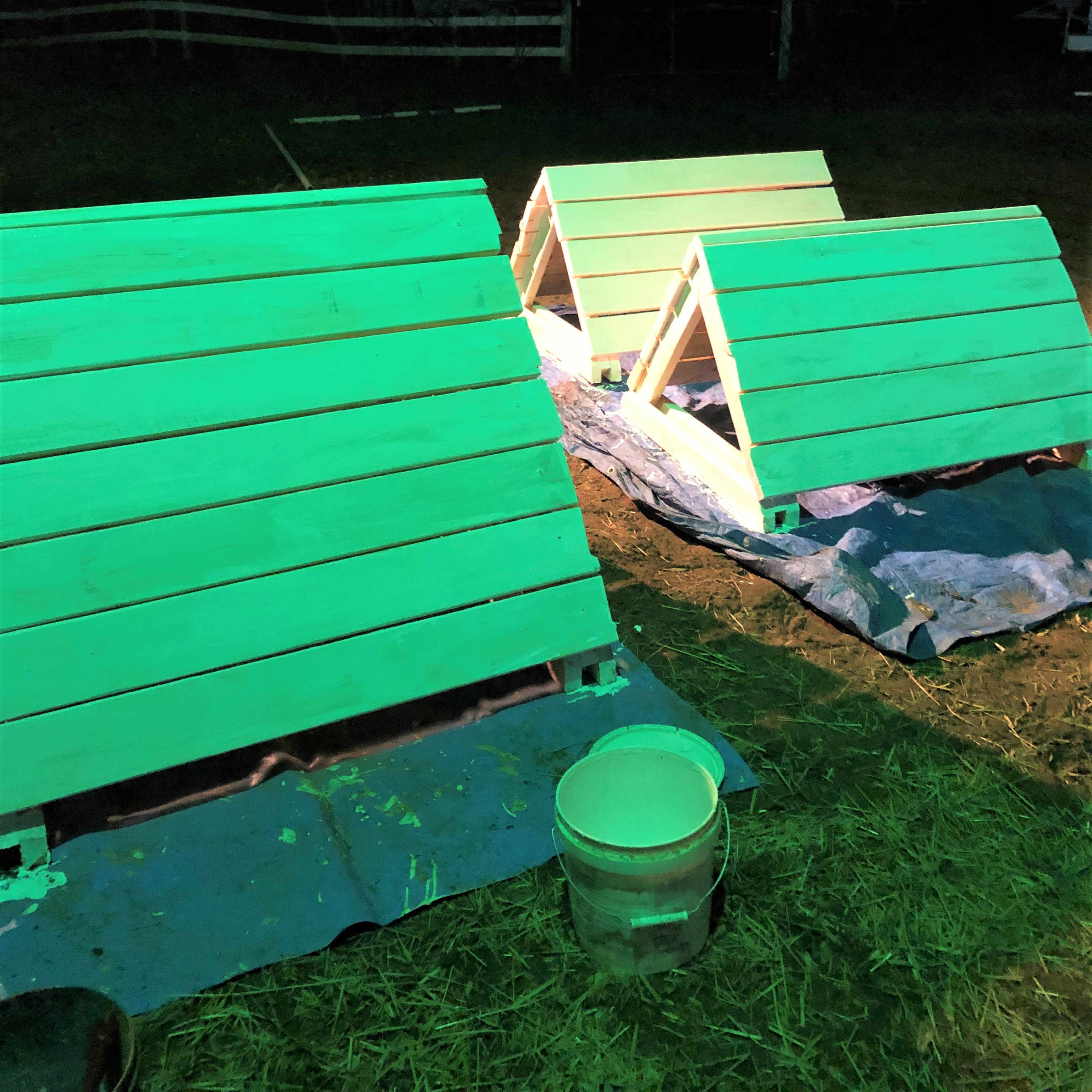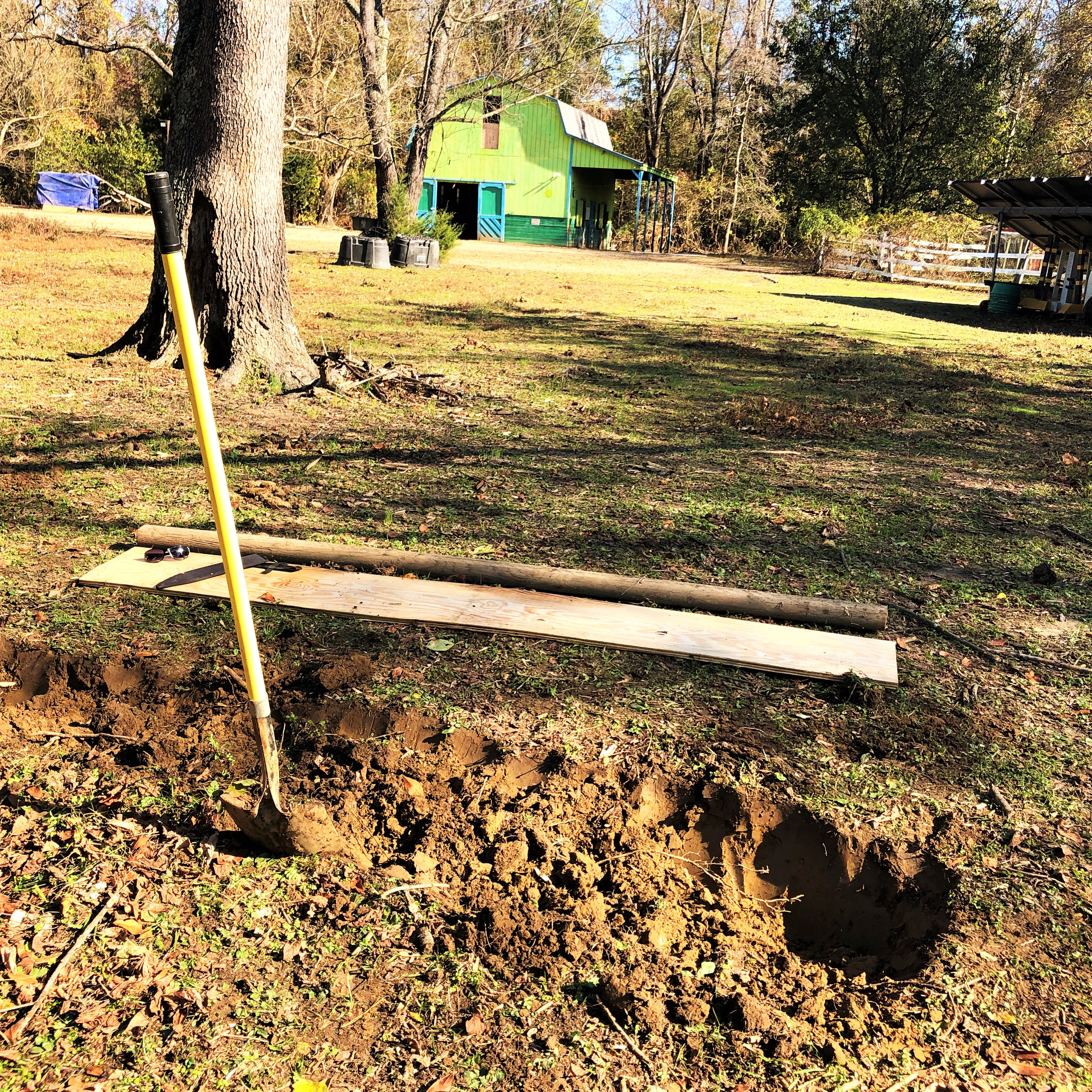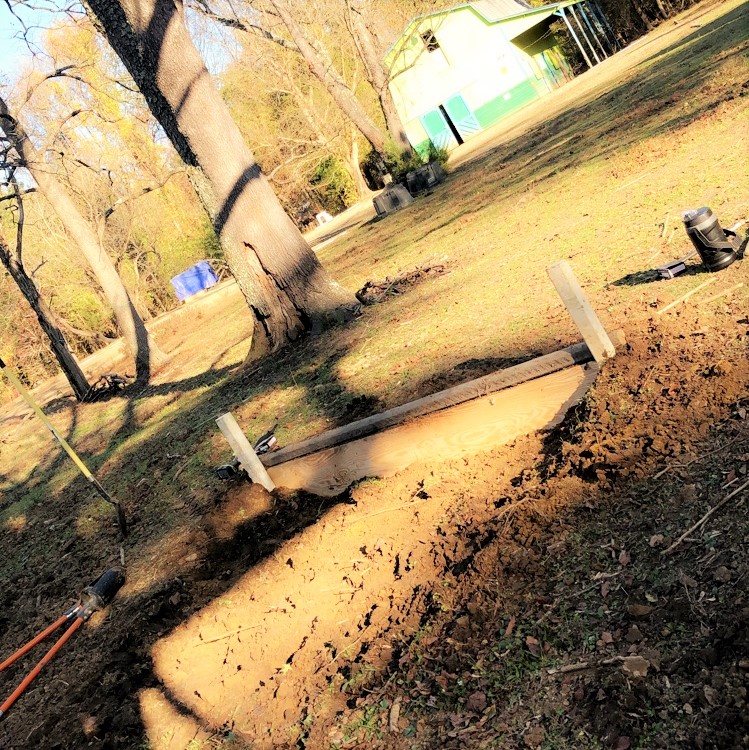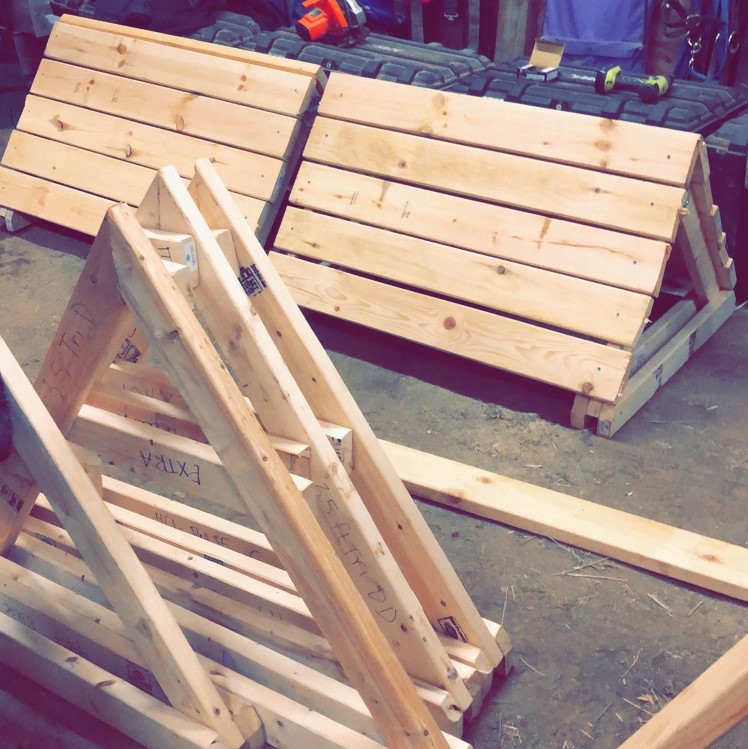DIY Horse Cross Country Jumps
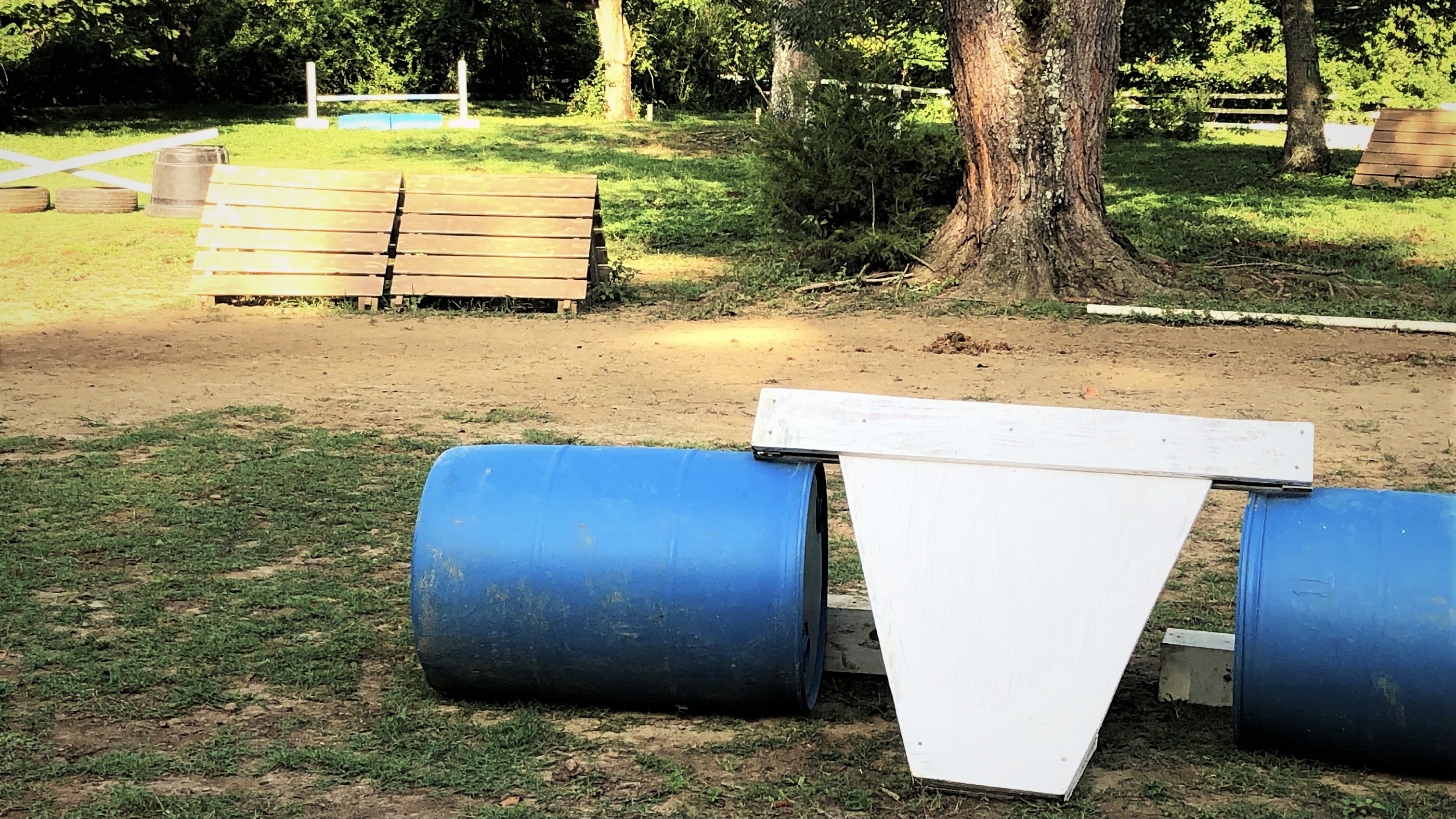
Cross Country jumps are no exception to the crazy prices that anything with a horse label has attached to it. And while it is crucial to plan and construct cross country jumps well to keep everyone safe, DIY cross country jumps are a fun and far more cost-effective project than simply purchasing some of the most common, everday jumps. Having cross country jumps at home is also an excellent training benefit as the horses are already comfortable in their surroundings and they become far more desensitized to similar jumps that they encounter when riding in a new environment.
Small Bank
Jumping banks are a fantastic exercise for conditioning and training with the natural uphill and downhill design of the jump. Jumping banks uphill is far easier both on the horse and rider than jumping downhill with balance, which is why having a small one at home serves as an excellent starting point for any new horse or rider to learn with while being in a comfortable environment.
Coop
Coops are one of the most common cross-country jumps and are relatively easy to build with some wood, tools, and a little math. In order to make life a little easier and to have the opportunity to move the coops around easier, these coops are in 4' parts with handles on the sides. Building the coop in two separate halves help with moving the coops, as well as provides the opportunity for skinny cross-country jumps and combinations. We built a pair of 2'3" coops and a pair of 3' coops.
Arrowhead
An arrowhead jump has been on the list for a while and is relatively easy to make with a panel of wood that is cut to desired lengths and shapes. An arrowhead serves as a different and unique type of jump for a horse to to encounter, as arrowheads are usually skinny fences and the design is different compared to the usual plank or gate.
Tires
Tires are fantastic both as jump fillers as well as in making a tire completely of jumps by itself. Depending on the size you are looking for, there are plenty of small-medium car and SUV tires that are available for free that are either listed online through platforms like Facebook or Craigslist. Some tires can be picked up from the side of the road, especially in the country side. You could also reach out to an automotive shop that replaces tires to see if they have any bald tires that they are looking to dispose of anyways, or reach out to customers replacing tires so that they don't have to pay for a disposal fee of the tires (this also includes your own network of friends and family that you can reach out to). If you do enough searching over time, you can also come across large truck tires (talking 3' to 5' here), which can also be used for jumps or other DIY projects and desensitizing training.
Barrels
Barrels are a fantastic cross-discipline stock of equipment, as they can be used in gymhkana games, arena jumping as either standards or fillers for jumps, or as complete jumps both for arena jumping and cross-country jumping. Barrels can also be used for desensitizing training as well, but serving as cross-country jumps always makes for a humbling experience as to whether a horse is brave enough to jump them or not (my one mare used to hate jumping barrels and wouldn't go 5' near them).
Corrugated Pipe
One of my more recent hunting missions has involved acquiring corrugated pipes to use for jumping (mainly cross-country, but open to using them as fillers for arena fences). After reaching out in community Facebook groups, I managed to acquire a promising contact who was selling off excess construction-site equipment, corrugated pipes of varying sizes among them. We worked out a deal for two 20' long pipes, both of which we cut in halves with the jigsaw that I brought so that I could store them in my horse trailer for transport (I also don't need a 20' long jump). I purchased two distinctly different sizes so that I can introduce my horses over the smaller one and then challenge them with the bigger one, also keeping in mind that I can lift the smaller one with jump standards as needed in the transition period if needed. I also am looking into potentially turning in the extra halves of each pipe into a fake log, although the process in doing that is still being determined how best to do so.
